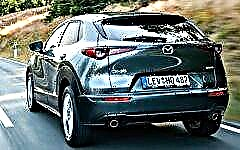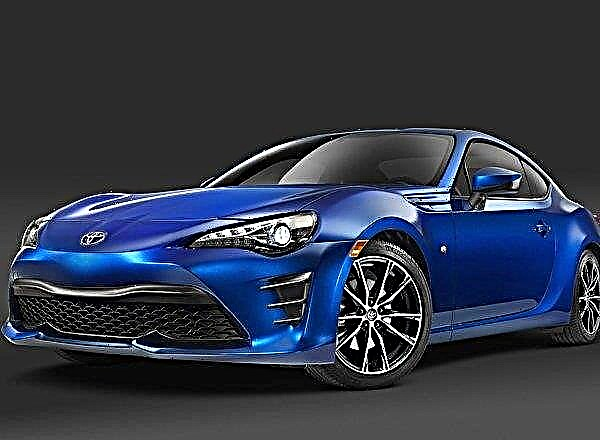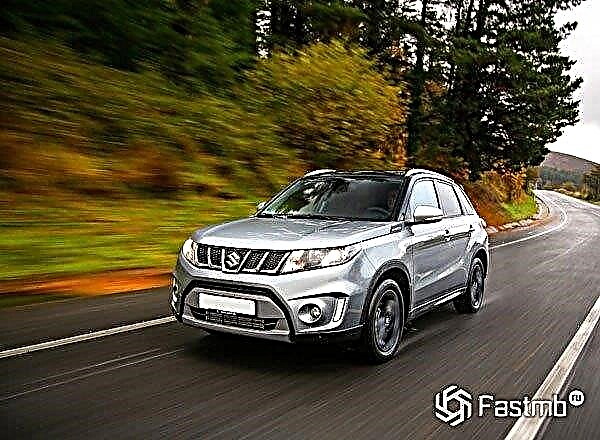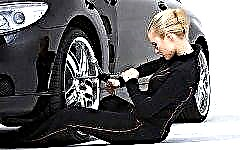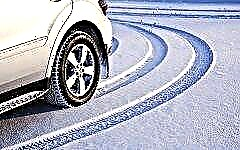

The content of the article:
- Important selection factors
- Seasonal classification of tires
- Tread pattern - its types and features
- What to look for when buying
Often, car owners, when purchasing rubber for their car, do not take into account all the features of both the product itself and the conditions in which it will be used. Typically, the most important purchase characteristics are durability, seasonality and price range. However, there are many nuances that you should pay attention to - the right rubber is the key to safety, comfort and durability.
Important selection factors

In addition to the basic requirements (winter-summer, car-SUV), it is worth considering minor features. Before you buy new "shoes" for your iron friend, it is worth answering a few questions.
- In what conditions will the machine be used? Will it be asphalt, country roads, off-road conditions, etc.
- How intensively will the vehicle be used? If the car is used once a week for a trip to the country, then it is hardly worth overpaying for improved tires with increased wear resistance. But if you "ride" every day for several hours and even the driving style is reckless, then you should think about improved grip and durability.
- What is the climate in the region? This is especially important for winter tires, since a mild European winter is one thing and a stable -30 degrees, complete with ice and snow drifts, is quite another.
Seasonal classification of tires
Since manufacturers take into account the peculiarities of using their products, it will not be difficult to choose the most suitable option for a particular car. It is enough just to get acquainted with the varieties of models that are intended for a particular purpose.
Winter tires

Has improved grip on snow, ice and wet surfaces. The tread pattern is deeper and more aggressive, with special grooves to drain water from the contact area of the tire with the roadway.
The material of manufacture also differs from the summer version. The composition of rubber is developed not only taking into account mechanical loads (snow, ice). Winter rubber has increased resistance to low temperatures and various reagents, as well as softer and more elastic.
There are two types of tread type - with and without spikes:
Studded
Differs in good grip properties and cross-country ability due to studs. However, it should be borne in mind that this is not the best option for urban roads and highways. Such roads are usually well cleaned and driving on bare asphalt or a porridge of snow. And under these conditions, there is no need for thorns.
In addition, they wear out quickly, create additional resistance and noise when moving.
Studded tires are recommended for country roads with snow and ice crust.
Regular protector
The grip of a tread without studs depends on the pattern - due to its depth, aggressiveness, reinforced sidewalls and sipes to drain water and snow slurry. These tires are not suitable for icy or snow-covered country roads, but in urban conditions, where you have to drive on wet, bare asphalt, they do it perfectly.
Also, tires are classified according to the degree of "severity" of the winter period:
"European"
Designed for mild winters and well-cleaned roads. The depth of the pattern is about 8 mm, there are no thorns, the resistance to frost is average. They have slats for water drainage.
Such "shoes" are suitable for urban roads with slush; for ice and dry snow, it is better to choose another option.
"Scandinavian" ordinary
Designed for more severe winters. The depth of the pattern is up to 10 mm, the material of manufacture is resistant to subzero temperatures, and has no spikes.
Despite the lack of studs, these tires perform relatively well in icy and dry snow conditions. This is due to the aggressive tread pattern, which is characterized by reinforced shoulders with sharp pointed edges.
The option is suitable for those who, for example, using a car in the city, still often find themselves on country roads.
"Scandinavian" studded
Designed specifically for use in icy conditions and snow drifts. Studs not only increase the level of grip, but also the vehicle's cross-country ability.
Snow and ice are their element, however, it makes no sense to use it for bare city asphalt.
Summer tires

Recommended for use at +5 degrees and above. Summer tires differ from winter ones in several ways:
- the drawing is not so pronounced, it is necessarily equipped with lamellas for drainage;
- the material of manufacture is more rigid.
Summer tires come in three varieties:
Road (marked Н / Т, Н / Р)
Designed for use on asphalt flat roads. The tread is designed for good grip on asphalt, but no more. In off-road conditions, the use of these "shoes" is fraught with unpleasant surprises.
Suitable for a car that drives only on a good road surface.
Universal (A / T)
Designed in the style of "both yours and ours." They work well both on asphalt and on mud, grass and other similar conditions.
Suitable for those who often drive both on country roads and on asphalt roads.
Mud (M / T)
Designed for off-road use, installed mainly on jeeps. The tread is deep, pronounced. The pattern is usually placed on the sidewall, which improves grip and permeability. These tires will cope with deep mud, rocks, holes, steep climbs and other troubles.
All season tires

Designed for use in both summer and winter. Despite the assurances of the manufacturers in its qualities, this choice is rather doubtful, since such a tire needs to combine the opposite qualities.
For example, resistance to high and low temperatures at the same time. Perhaps in milder climates this is not difficult, but in the conditions of Russian winters and summer heat, such stability is questionable. Even the most versatile rubber will not be able to withstand temperature drops from -30 to +30 and not lose its properties. And the optimal tread pattern is difficult to choose. These tires will save you time and money on seasonal replacements, but safety and performance are more important.
But if you are a careful driver who rarely uses the car and in calm conditions (a country road, for example), then the all-season option may even be preferable.
Tread pattern - its types and features

Tread performance is perhaps the most important buying factor. The capabilities of the tire, its safety, cross-country ability, purpose depend on it.
There are 4 types of tread patterns:
Symmetrical non-directional

The most popular variety due to its budget and practicality.
Advantages:
- low noise level;
- low cost (as a rule, budget options are produced with such a pattern);
- easy installation (no need to take into account the direction of rotation) and rotation;
- decent performance.
Disadvantages:
- low speed index for winter products;
- poor adhesion to the surface in wet conditions;
- not the best option for high-speed driving.
These tires are suitable for "standard" conditions - medium power car, accurate driver, quiet driving.
Symmetrical directional

The product is marked with the Rotation inscription and an arrow that indicates the direction of movement.
Advantages:
- sustainability to aquaplaning;
- high speed index;
- good performance on a wet surface (the protector perfectly removes water from the contact patch);
- suitable for sports cars and those who like fast driving.
Disadvantages:
- high noise accompaniment;
- considerable price;
- if installed incorrectly, the tire not only loses its quality, but can also provoke a dangerous situation and even a serious accident.
Asymmetric omnidirectional

Tires with this pattern are popular with those who prefer improved performance at a relatively low cost.
Advantages:
- good adhesion to the road surface;
- loyal price;
- good performance on wet surfaces;
- maneuverability.
Disadvantages:
- the possibility of an erroneous installation (you need to mount strictly taking into account the sides, internal and external);
- increased noise level.
Asymmetric directional

They have high quality indicators and the same cost.
Advantages:
- high grip rates (both on dry and wet roads);
- high speed index;
- resistance to aquaplaning.
Disadvantages:
- considerable price;
- the possibility of incorrect installation, which is fraught with consequences.
What to look for when buying

In addition to the purpose of the tires, it is worth considering their quality. You can buy a marriage or a fake even at a large retail outlet, not to mention markets and other questionable places. Important points when buying:
Appearance
Inspect the item carefully. The product should not have cracks, scuffs, dents or other flaws.
Marking
Should be clear. No blurring, erased numbers, or anything else. Such flaws are inherent in fakes.
Certificate
For a start, it must be. If it is not there or the paper does not match the name, then it is better to go shopping at another store. The data in the documents must fully correspond to the marking on the tire. Otherwise, someone, somewhere, is trying to cheat. Such products are either not tested, defective, or counterfeit.
It should also be noted that European certification standards are stricter than American ones.
Protective layer
Its presence allows summer models to retain their qualities even on hot asphalt, since it plays the role of a heat sink.
Manufacturing date
Rubber loses its original properties over time. And sellers need to somehow sell the stale goods.
Manufacturer
Of course, proven global brands are out of competition. But many budget counterparts fully justify the money spent on them. Perhaps inexpensive rubber will suffice for commuting and shopping.
There are many features of the choice, but the most important thing is to check the documents for the car and find out what kind of "shoes" she needs. This primarily concerns the size. The seller, of course, will try to convince that "this one will do, everyone will take it," but it is better to look for the model provided by the manufacturer.

